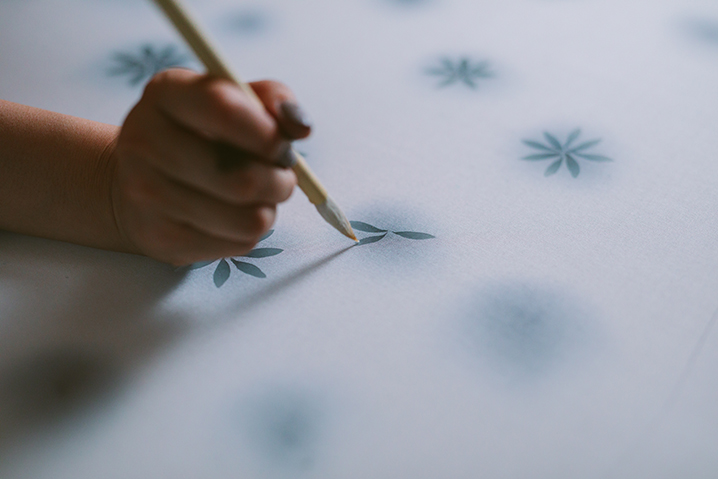
山梨県生まれ。2011年、武蔵野美術大学工芸工業デザイン科テキスタイル大学院修了。染色作家である母の影響を幼少期から受け、武蔵野美術大学在学時にろうけつ染めを本格的にスタート。現在も主にろうけつ染めを用いて、花をモチーフとした作品を制作・発表している。2013年にはNHK大河ドラマ『八重の桜』において、5月度のオープニングタイトルバック用に作品を提供。近年は上海でも展示を行い、その活動は日本国内にとどまらない。
-
Born in Yamanashi prefecture, Japan. Graduated from the textile course, department of industrial, interior and craft design, in the graduate school of Musashino Art University in 2011. Influenced by her mother, who is a dyeing artist, she immersed herself in batik dyeing while enrolling university. Currently, she is at her work with flower motif, mainly with batik method. In 2013, she offered her work to an opening title (May term) of “Yae no Sakura”, the NHK taiga drama. In recent years, as she held an exhibition in Shanghai, her activity does not remain within Japan.

